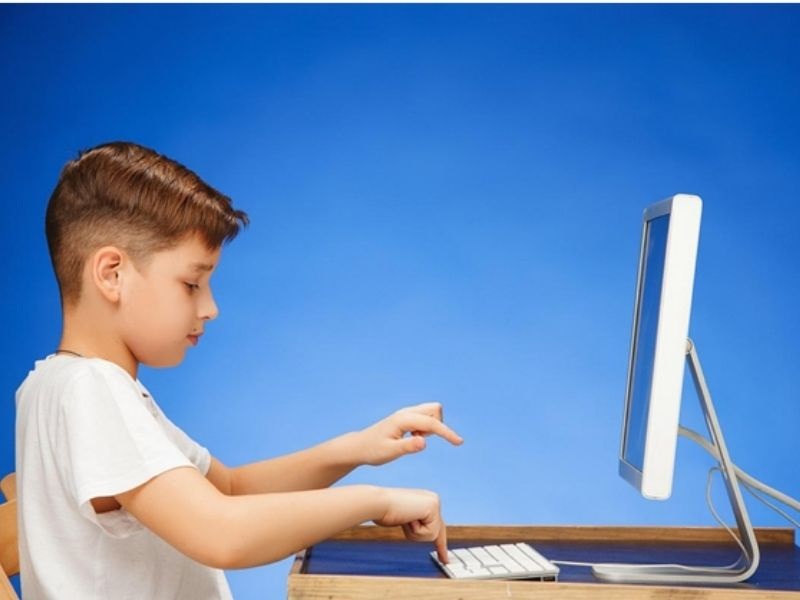Education has come a long way from the traditional way of learning to the modern methods we see today. Over time, new technologies and approaches have been introduced that have transformed the way students learn and teachers teach. In this article, we will take a look at the evolution of education, from traditional to modern learning.
Traditional Learning
Traditional learning has been the standard form of education for centuries. It typically involves a teacher lecturing to a classroom full of students. This method of teaching relies heavily on memorization and repetition. Students are expected to memorize information and then regurgitate it on tests.
In the past, traditional learning was the only way to learn. Students would sit in a classroom, listen to a teacher, and take notes. They would then be required to read and study the material outside of class. This method of teaching was effective for some students but not for others.
One of the main criticisms of traditional learning is that it is not very interactive. Students are passive learners, simply listening to the teacher and taking notes. This can lead to disengagement and a lack of interest in the subject.
Modern Learning

With the advent of new technologies and approaches, modern learning has become more popular. Modern learning emphasizes the use of technology, interactive learning, and collaboration. Instead of sitting in a classroom, students can now access information from anywhere in the world through the internet.
Modern learning also emphasizes the importance of critical thinking and problem-solving. Instead of memorizing facts and figures, students are encouraged to think critically about the information they are learning. This approach helps students develop the skills they need to be successful in the real world.
One of the main advantages of modern learning is that it is more interactive. Students are encouraged to ask questions, participate in discussions, and work collaboratively with their peers. This leads to a more engaging and dynamic learning experience.
Blended Learning
Blended learning is a combination of traditional and modern learning. It involves the use of technology to enhance the learning experience. Blended learning typically involves a mix of online and in-person instruction. Students can access information online and then come to class to discuss and apply what they have learned.
One of the main advantages of blended learning is that it is flexible. Students can learn at their own pace and on their own schedule. This approach is particularly useful for adult learners who have other commitments such as work and family.
Education has come a long way from the traditional way of learning to the modern methods we see today. While traditional learning is still used in some classrooms, modern learning and blended learning have become more popular in recent years. These approaches emphasize the use of technology, interactive learning, and critical thinking skills. By embracing these new approaches, we can provide students with the skills and knowledge they need to be successful in the real world.





